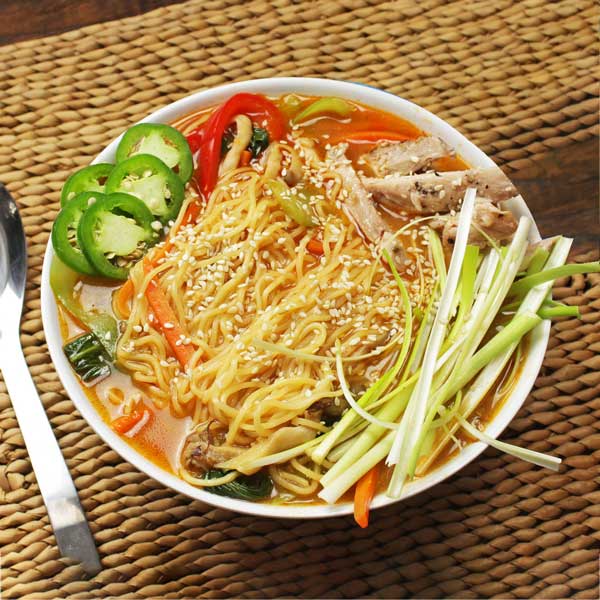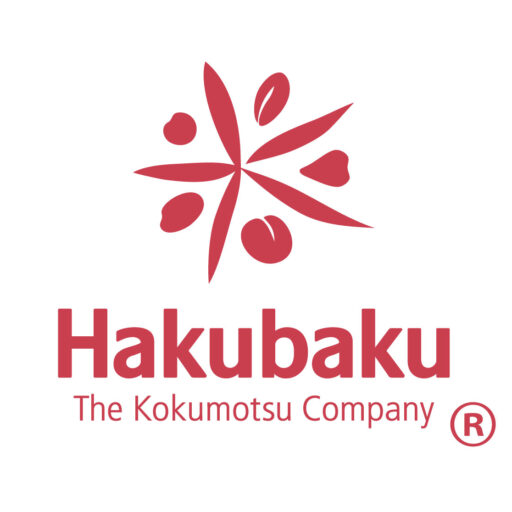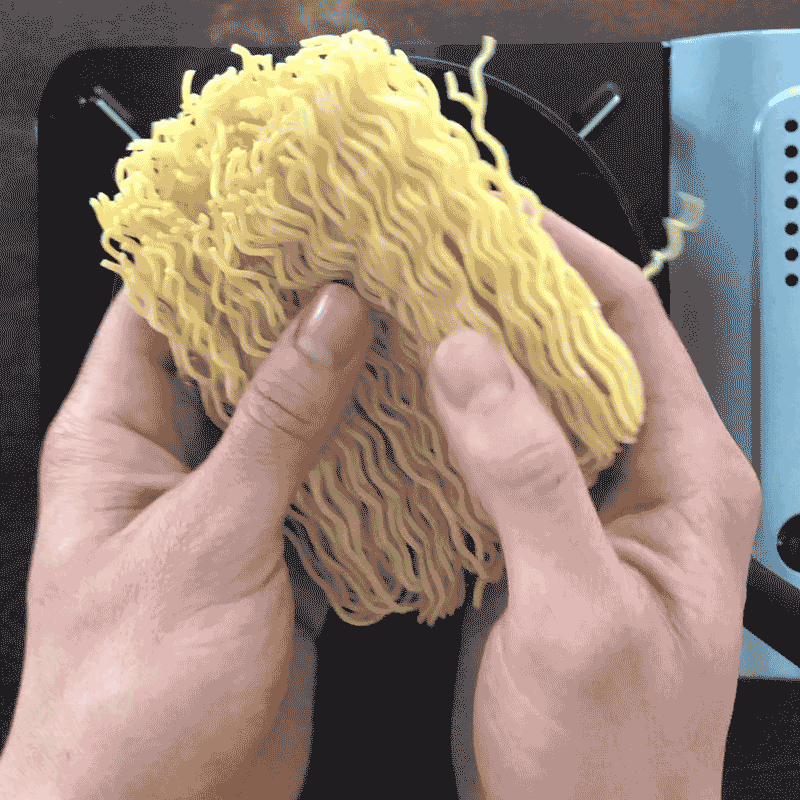If you’re a ramen lover, you’ve probably heard the term “kaedama” before. It refers to the act of ordering an extra serving of noodles to add to your bowl of ramen. But have you ever wondered where the term comes from? Let’s take a closer look at the origin of the word kaedama.
The word “kaedama” (替え玉) is made up of two kanji characters. Technically, it means double, but in the context of a ramen shop, it means a second serve of noodles. Together, the term “kaedama” refers to substitute one noodle for another.
The practice of ordering kaedama originated in Japan, where it’s common to offer customers the option to order extra noodles to add to their bowl of ramen. It’s a way to extend the life of the broth and make the meal more filling.

When ordering kaedama, it’s important to keep a few things in mind. Firstly, make sure to finish your initial serving of noodles before ordering more. The restaurant staff will usually come by to ask if you’d like more noodles once you’ve finished what’s in your bowl.
Secondly, be aware that some restaurants may charge extra for kaedama, while others may include it in the price of the meal. If you’re unsure, don’t be afraid to ask.
Lastly, it’s important to note that not all ramen shops offer kaedama. It’s more common in traditional, old-school ramen shops, but may not be available at newer or more modern restaurants.
It’s a common practice in Japan, and a great way to extend the life of your ramen broth. Just remember to finish your initial serving of noodles, be aware of any extra charges, and check if kaedama is offered at the restaurant you’re dining at.


